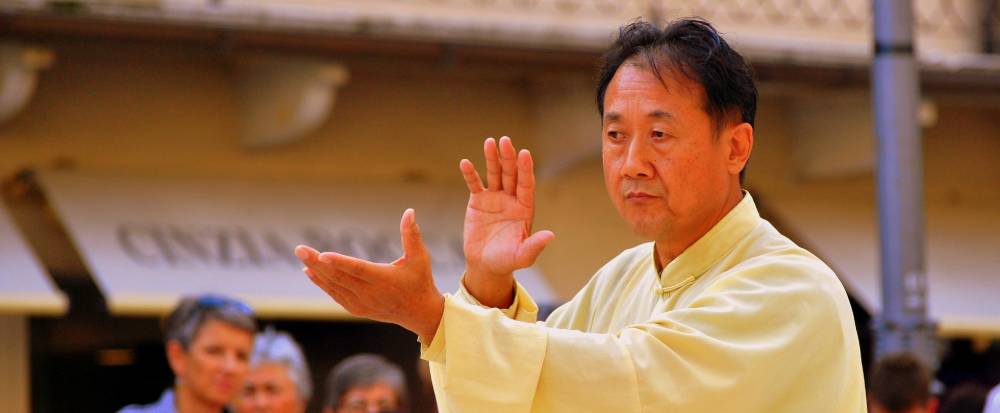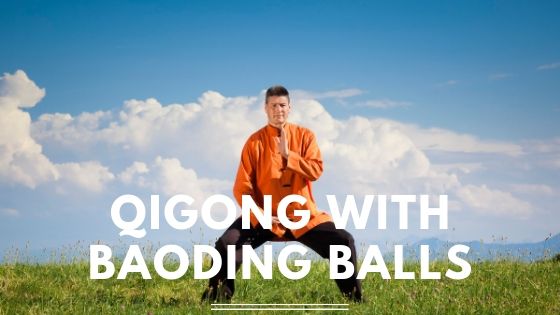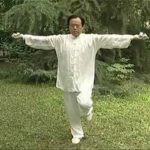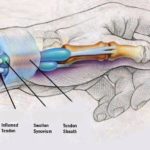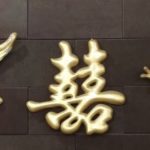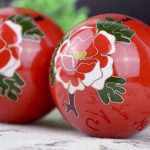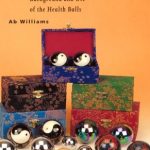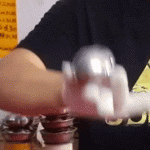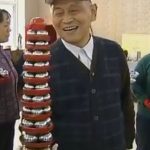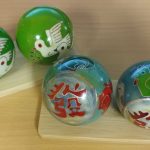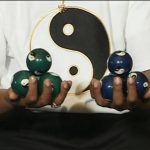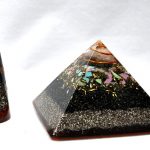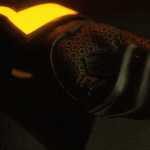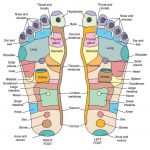If you are a student of Tai Chi you will be aware of the many ways in which the hands, wrists and fingers are employed when practicing the movements and forms. There is always a reason why a particular hand movement is included in a routine and this is usually for the health benefits that such movements bestow upon the practitioner. For example, the locked wrist and tight fingers of the “bird’s beak” which occurs in so many forms, and is an important part of the “Single Whip” movement, is believed to be very beneficial in the prevention of arthritis and carpal tunnel syndrome. Flexibility is at the core of the practice of Tai Chi, and this extends to every single muscle, joint, ligament, and tendon. Tai Chi’s approach to health works on the premise that your hands and feet are as important as your spine and hips when it comes to maintaining good health. This balanced principle is identical to the way baoding balls work so if you are having good results with baoding balls or Tai Chi, it should make sense to explore the other.
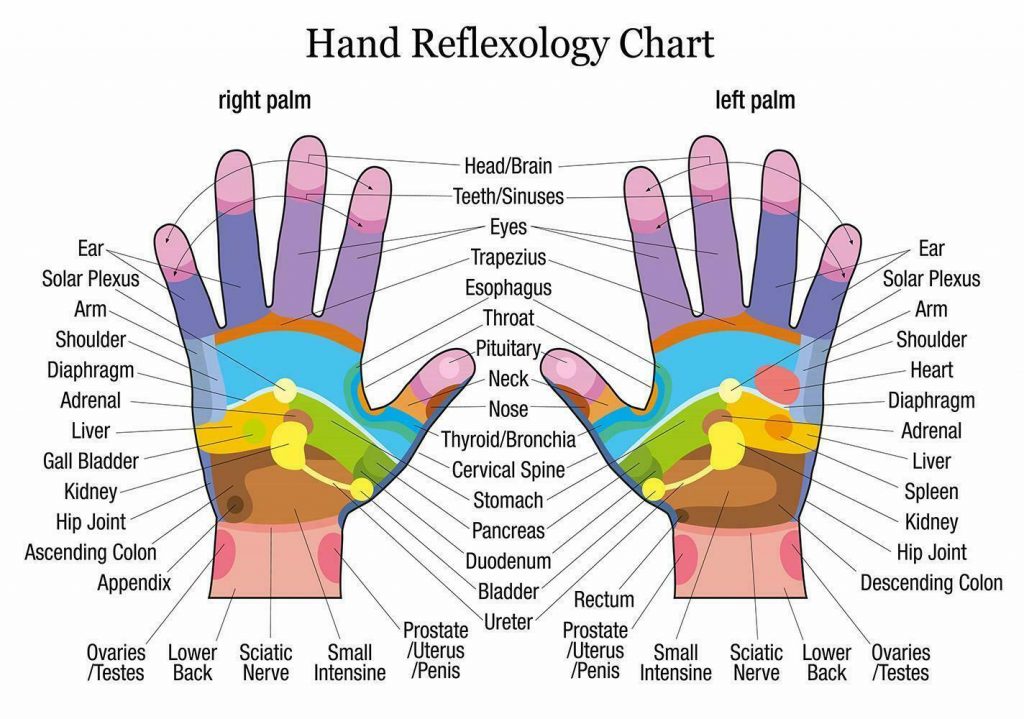
A good reference to have is a hand reflexology chart. By strengthening the wrists with the use of the balls you are also working the lumbar region of the spine. Increasing the flexibility of the fingers with baoding balls will benefit your sinuses, eyes and ears, and the increased stimulation of the meridians in the hand will have a therapeutic effect on the digestive tract, liver and lungs. As you can see by being able to target the areas of the hand, you can amplify and enhance the effectiveness of the Tai Chi forms you use for those same areas.
Baoding balls can be integrated into your Tai Chi routines quite easily. No matter which form you are learning you can adapt the hand movements so that the balls stay in the palms of your hands. Whenever there are “open palm” movements within a routine, you can use the baoding balls to aid you in maintaining the correct hand position. After you are able to hold the balls while doing the Tai Chi, start to rotate the balls at the same time. It takes practice as not all forms will be conductive to rotating balls.
Most Tai Chi Forms were developed to act beneficially on particular aspects of our health, such as Dr Paul Lam’s Arthritis and Diabetes Forms. Older forms draw their inspiration from the animal kingdom and mimic animal movements in some way to bring the qualities of that animal into the human realm, so that we find the movements associated with birds such as the goose or the crane, focus very much upon the graceful movements of arms, wrists and fingers. Wild Goose is a particularly good example of this and if you have ever seen it performed by a group of people in perfect synchronicity you will agree that it is as beautiful as the best of ballet performances. Using baoding balls to increase both strength and flexibility in the fingers, palms, and wrists will add to the effectiveness of such movements in your own practice.

